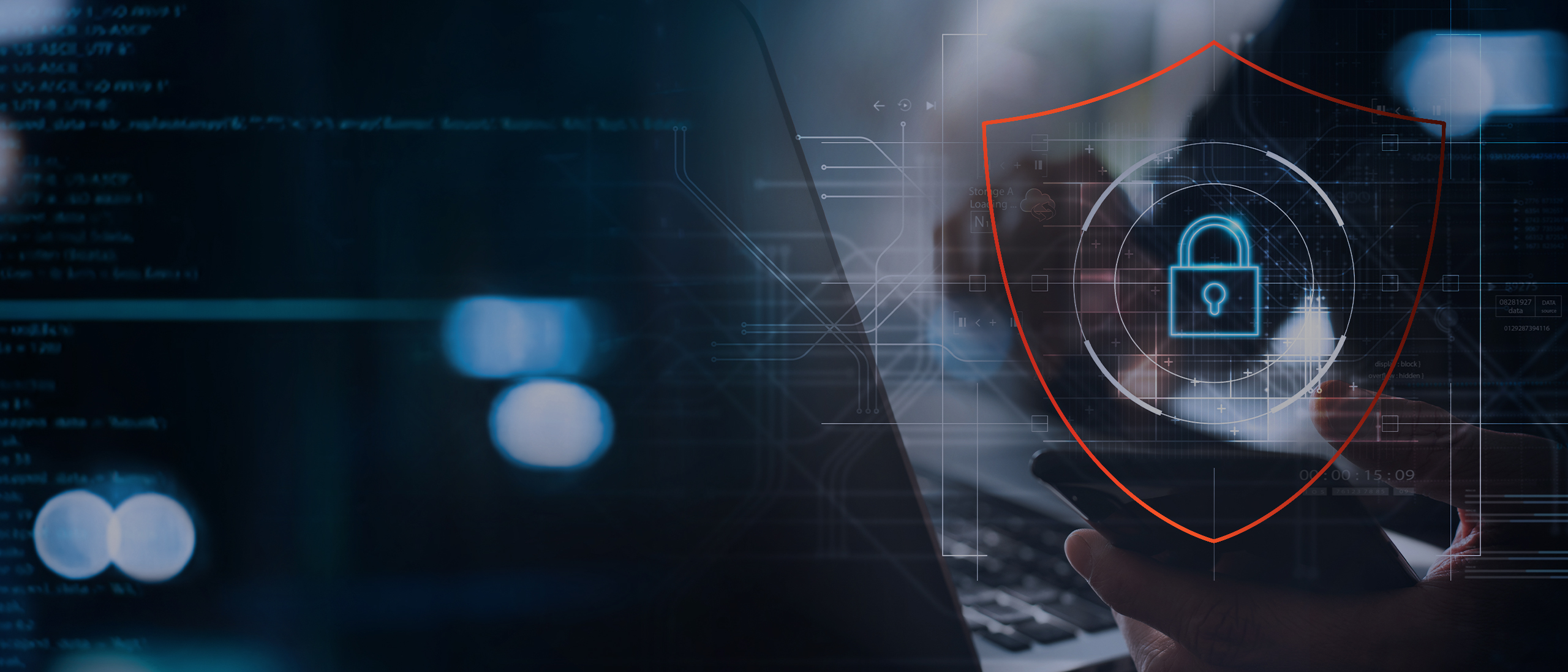Our world is rapidly changing. Technology continues to grow, threats are becoming more complex – and as physical and digital lines blur, we can no longer talk about security in silos. As a response, more companies are evaluating their current approach to cyber-physical security and identifying how they can stay ahead in 2023.
If that’s you, you’re in the right place. We pulled out our security crystal ball and identified four key trends to watch for this year:
Cyber-physical security convergence will become the standard
As the physical and digital worlds overlap, organizations are quickly recognizing the necessity of cyber-physical convergence. Instead of wondering if they should converge, companies are now asking themselves – and us – “how fast can we do it?” Converging cyber-physical security postures provides organizations with a single, cohesive strategy that combats traditional IT threats, as well as physical threats like theft, vandalism and terrorism.
Learn more about how digital transformation is ushering in a new era of cyber-physical security convergence in our whitepaper.
Big Tech and mobile devices will change how we access our physical spaces
Today’s consumers are on the go – and technology needs to keep up with them. New technologies from Big Tech organizations – including biometric security measures like facial recognition, retinal recognition and fingerprint recognition – are transforming traditional physical access and mobile credentialing. Apple recently enabled employees to add their work badge to Apple Wallet, allowing them to access the same office spaces as their physical badge. This offers employees a convenient, sustainable and secure alternative to carrying around a physical badge (and risking losing it).
With any of these new technologies, companies should keep privacy top-of-mind as biometrics often usher in concerns about data confidentiality and security. An identity and access management platform that’s converged across cyber and physical securities will provide organizations and consumers with the optimal, most secure user experience (psst: we can help with this).
Companies will SOAR to greater resiliency through new technologies
As threat complexities deepen, organizations must find ways to protect themselves and their people, products and data. While Security Operation Centers (SOCs) are great frontline defenders, many are currently struggling to keep up with ever-increasing threats and data. Security Orchestration, Automation and Response (SOAR) solutions – like our own Guardian Identity Intelligence – deliver AI-powered technologies that help make organizations more resilient against risks through threat detection, automated incident response and mitigation.
Companies will use data to better promote Environmental, Social and Governance (ESG) issues Environmental, Social and Governance (ESG) issues like sustainability, diversity, workplace culture and organizational transparency are becoming increasingly important to companies. To promote these issues in their workplace, organizations will use data & analytic solutions to examine data, identify potential risks (both to their reputation and the bottom line), and make targeted improvements related to ESG issues. Our Guardian Workplace Intelligence Solution delivers visibility across IT, OT, HR and physical security so you can make these decisions with confidence.
So, what does this all mean for you?
In short, plenty. These trends represent the future of security – and leading guidelines for organizations in 2023. Thankfully, our solutions make the process of converging your security posture seamless, so you can get up and running in no time.
Reach out to learn how we can help your organization optimize and future-proof its security for the new year – minus the rip and replace.
